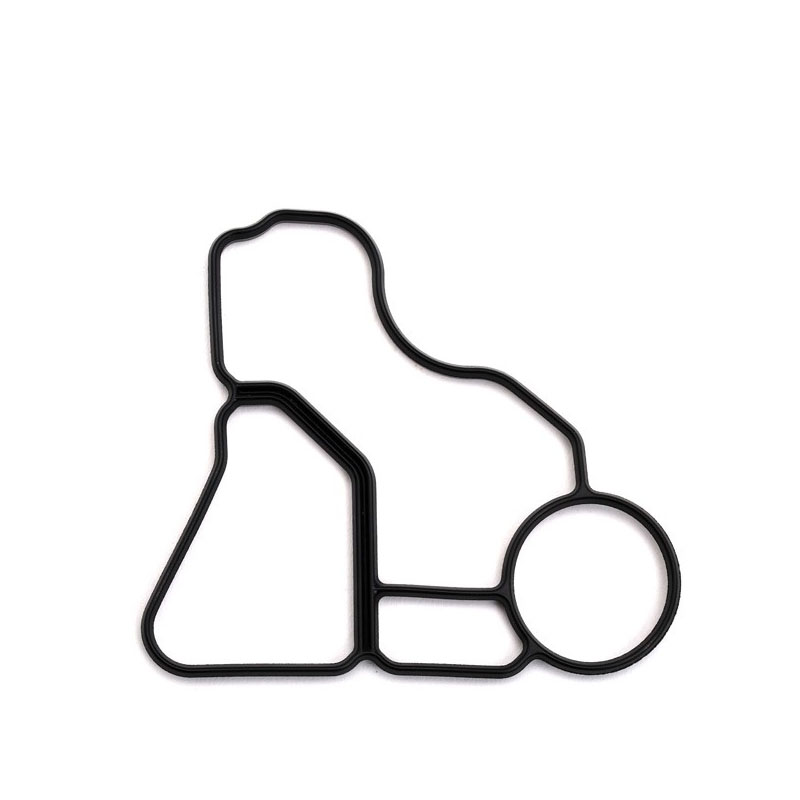Choosing the Right Gasket for Your Oil Pan Drain Plug Replacement Needs and Tips
Understanding Oil Pan Drain Plug Gaskets Importance and Maintenance
The oil pan drain plug gasket is a small yet crucial component in automotive engine maintenance. This gasket forms a vital seal between the oil pan and the drain plug, preventing oil leaks and ensuring optimal engine performance. In this article, we will explore the significance of the oil pan drain plug gasket, common issues associated with it, and tips on maintenance and replacement.
Importance of the Oil Pan Drain Plug Gasket
The primary function of the oil pan drain plug gasket is to create a tight seal that prevents engine oil from leaking out of the oil pan when the drain plug is installed. Engine oil plays a critical role in lubricating engine components, reducing friction, and maintaining operating temperatures. A leak in the oil pan can lead to a significant loss of oil, which can cause engine damage, overheating, and ultimately, costly repairs.
Furthermore, a leaking oil pan can create a mess under the vehicle, leading to environmental hazards and safety concerns, especially if the vehicle is parked on pavement or other surfaces where the oil can cause stains or degradation. Therefore, ensuring the integrity of the drain plug gasket is not just about protecting the engine; it also impacts the environment and the overall safety of the vehicle.
Common Issues with Oil Pan Drain Plug Gaskets
Over time, the oil pan drain plug gasket can deteriorate due to exposure to heat, oil, and other environmental factors. Common issues associated with a damaged or worn gasket include
1. Oil Leaks The most obvious sign of a failing gasket is the presence of oil puddles or stains underneath the engine. If you notice these signs, it’s vital to inspect the gasket and replace it if necessary.
2. Engine Performance Oil leaks can lead to low oil levels, affecting engine performance. Insufficient lubrication can cause increased friction among engine components, potentially leading to severe engine damage.
3. Corrosion In some cases, the drain plug itself can corrode, leading to leaks. It is essential to inspect both the drain plug and the gasket during regular maintenance checks.
oil pan drain plug gasket

Maintenance and Replacement Tips
To ensure the longevity and effectiveness of the oil pan drain plug gasket, regular vehicle maintenance is crucial
1. Routine Inspections During oil changes, check the condition of the drain plug gasket. If it appears cracked, hard, or brittle, it should be replaced immediately to avoid leaks.
2. Use the Correct Gasket When replacing the gasket, make sure to use a high-quality gasket that is compatible with your vehicle’s specifications. This will help ensure a proper seal and prevent future leaks.
3. Proper Torque on Drain Plug When reinstalling the drain plug, use the manufacturer's recommended torque specifications. Over-tightening can damage the gasket, while under-tightening can lead to leaks.
4. Watch for Signs of Wear Regularly check for oil spots or stains under the vehicle. Early detection of leaks can prevent more extensive engine damage and costly repairs.
5. Consult Professionals If you’re unsure about the condition of your oil pan drain plug gasket, consult a mechanic for a professional evaluation. Regular check-ups can help avert potential issues before they escalate.
Conclusion
In summary, the oil pan drain plug gasket is a small but vital component that aids in maintaining your vehicle’s engine health. Regular inspections and timely replacements can help prevent oil leaks, protect the engine, and ensure smooth operation. By understanding the importance of this gasket and taking appropriate preventive measures, vehicle owners can save time, money, and frustration in the long run. Remember, a well-maintained engine is the heart of a reliable vehicle.
-
Your Essential Guide to Car Repair Kits: From Rust to Dings
News Jun.13,2025
-
Understanding Vital Engine Seals: Key Gaskets in Diesel and Performance Engines
News Jun.13,2025
-
The Vital Role of Bearings in Marine and Boating Applications
News Jun.13,2025
-
Sealing the System: A Complete Guide to Engine Oil Gaskets
News Jun.13,2025
-
Sealing the Foundation: A Complete Guide to Engine and Transmission Pan Gaskets
News Jun.13,2025
-
Essential Bearings and Hubs for Marine Vessels and Trailers
News Jun.13,2025
-
Your Complete Guide to Automotive Oil Drain Plugs and Valves
News Jun.12,2025
Products categories















